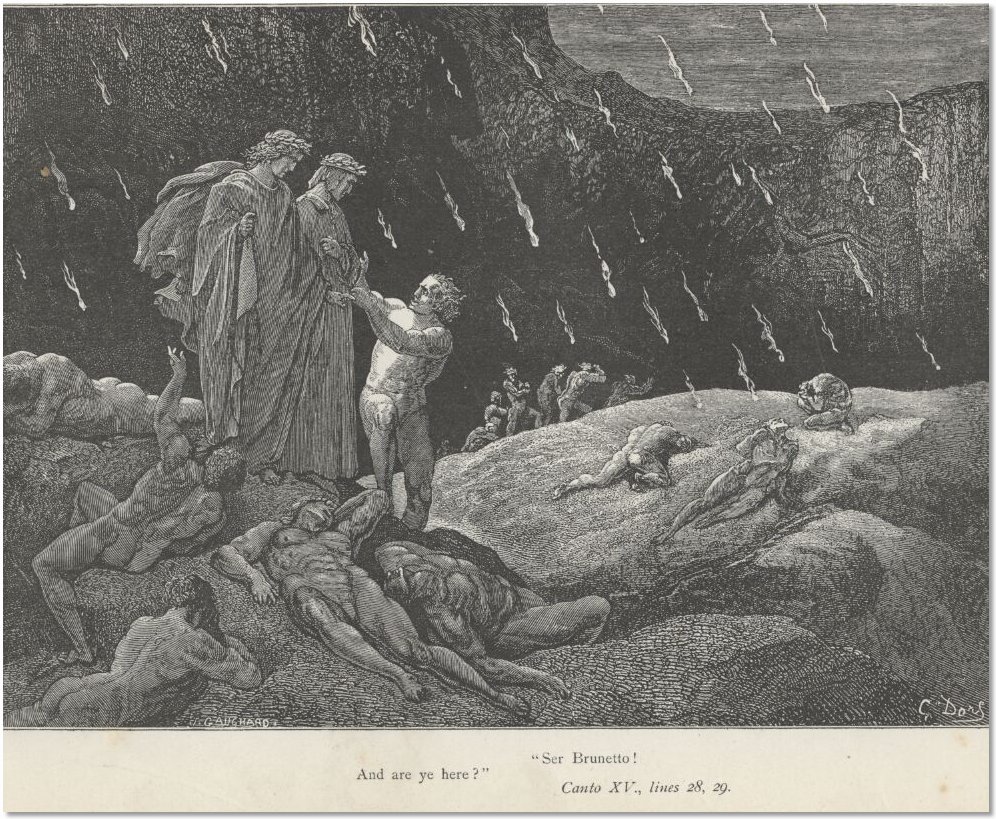
The picture probably got your attention didn't it?
The Inferno, by Dante Alighieri, is the first book in a three part series called the Divine Comedy. The Divine Comedy is about a poet named Dante, who travels through the realms of Hell, Purgatory, and Heaven. The Inferno describes his journey through Hell with his guide Virgil and all that he encounters within the fiery realm.
The class discussions this week have been about Christianity in Western Europe, so The Inferno is relevant, as it is a very descriptive view of how Medieval Christians imagined Hell. Hell was an important concept in early Catholicism as it kept people in line and enforced order throughout society. Many Christians during the Medieval times were afraid of the eternal punishments that awaited the wicked and strove to act like good Samaritans.
The Inferno describes Hell through the eyes of Dante, as a realm without hope and full of pain. The book goes into much detail, going so far as describing the geography of Hell, portraying it as an upside down mountain, divided into 9 circles, or levels. Each level housed a different kind of Sinner, with the first few reserved for either pagans or sins of excess, such as greed, lust, or gluttony. The next three housed the violent, the slothful, and the heretics. The last two were reserved for frauds and traitors that betrayed the trust of others.
Each level had specific punishments for the sins committed by those inside. An example would be that the greedy in the fourth level were forced to push giant bags of gold uphill for eternity, similar to Sisyphus's punishment in Greek Mythology. Initially, Dante felt sorrow and pity for the tortured souls, but he begins to see that no matter how harsh the punishment, the soul being punished had done something to deserve it. At the very bottom, in the depths of the ninth circle of Hell, Lucifer himself is trapped in a lake of ice and chewing on the three most prominent sinners of history. Cassius and Brutus both planned and carried out the assassination of Julius Caesar, who Dante the Author viewed as the man who was chosen by God to unify Italy. The third traitor is Judas Iscariot, the apostle who betrayed Jesus to the Romans, which is the most evil thing Dante could envision.
Ultimately, The Inferno is an allegorical story of what awaits sinners in the afterlife. This tale shows the true horror of Hell as it was imagined by Medieval Christians and the influence of Christianity on Western Europe. Also, it shows a darker aspect of Christianity's Salvation promise. Sure, Heaven awaits the souls of the dead, but only if they have lead a virtous life. Otherwise, those impure souls are sent to a place of eternal punishment and pain, with no hope of redemption.
No comments:
Post a Comment
Hopefully your comment will contribute to the overall intelligence of the discussion